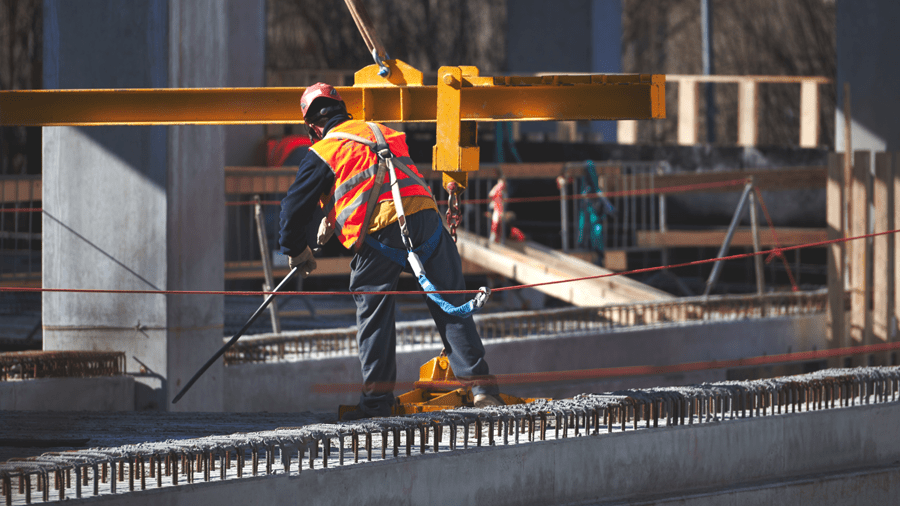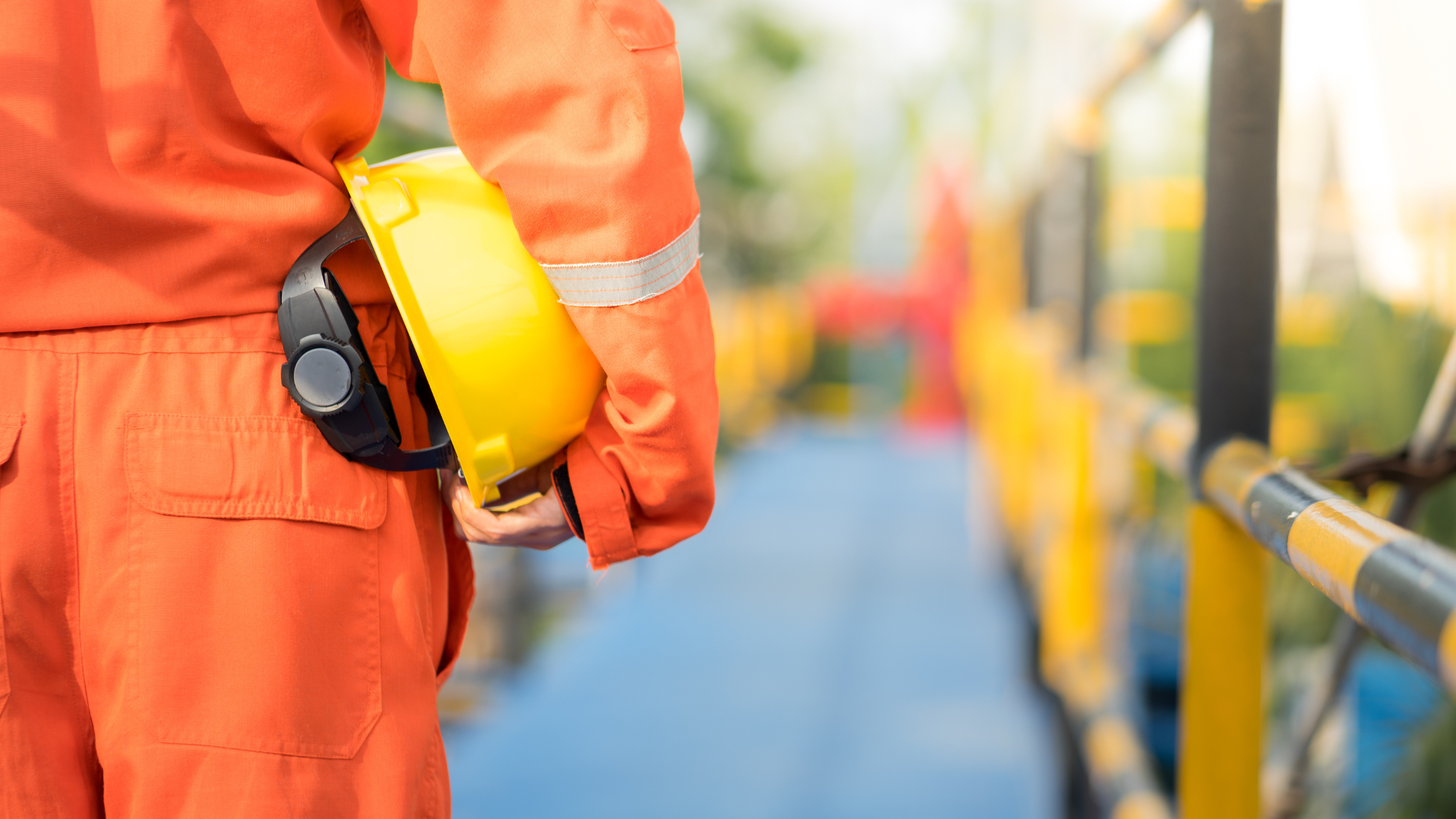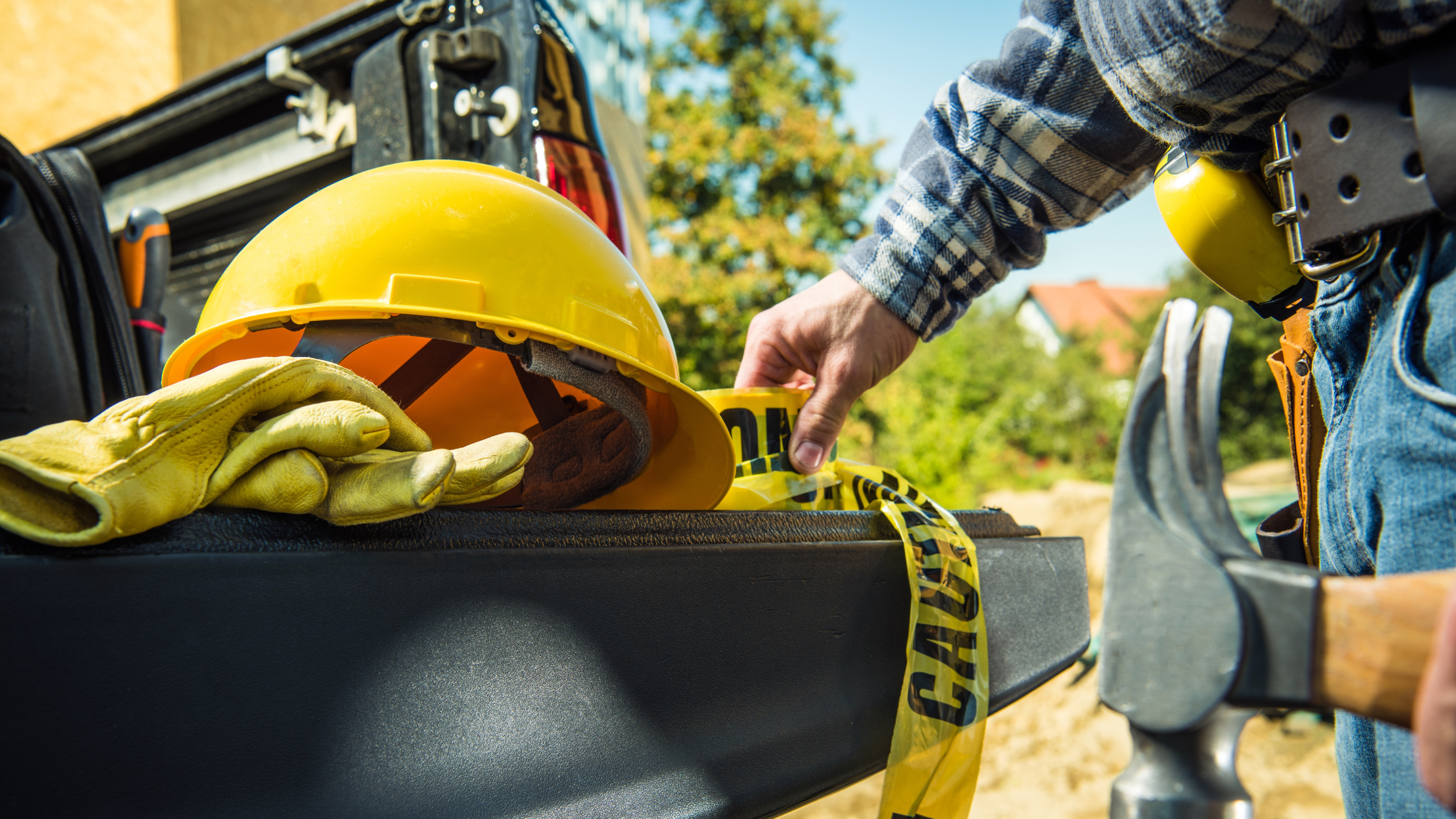ANSI VS OSHA?
Posted by Howie Scarboro - CEO Fall Protection Distributors, LLC on Jul 12th 2023
When it comes to fall protection standards, many people are confused as to which one they should follow: the American National Standards Institute (ANSI) or the Occupational Safety and Health Administration (OSHA). ANSI is a non-governmental organization that provides safety standards for various industries and is widely accepted by companies in the United States and around the globe.
On the other hand, OSHA is a governmental agency whose main goal is to protect the health and safety of workers in the US specifically. Both organizations have their own set of standards for workplace safety and fall protection, however, the differences between them can be confusing.
In this blog, we will discuss ANSI and OSHA standards and the primary differences between them.

What Is ANSI?
The American National Standards Institute (ANSI) is a private, non-profit organization that serves as the main organization supporting the development of technology standards in the United States. ANSI's role extends beyond the national level, as it also participates in the development of international standards through its membership in the International Organization for Standardization (ISO) and the International Electrotechnical Commission (IEC).
ANSI does not create or publish standards itself but rather approves standards that other organizations develop and publish as American National Standards. These standards are voluntary and are not legally binding, but they do play avital role in setting guidelines for workplace health and safety.

ANSI helps enable the development of international standards for all aspects of modern life, such as quality management systems, workplace hazards, and workplace safety. It also serves as the secretariat for the ISO/IEC Joint Technical Committee on Information Technology (IT).
The American National Standards Institute has a long history, dating back to its formation in 1918 as the American Engineering Standards Committee. Since then, it has continued to play an invaluable role in the standards development process and has worked closely with other standards organizations, federal government agencies, and the Occupational Safety and Health Administration (OSHA) to promote workplace safety and reduce workplace injuries.
What Are The Differences Between ANSI And OSHA?
ANSI (American National Standards Institute) is a not-for-profit organization dedicated to promoting “voluntary consensus standards” that set a level of quality and safety across an entire industry. The organization's mission is to facilitate standards that are consensus-based and voluntary. ANSI standards development process involves a collaborative effort between experts from industry, government agencies, and standards organizations.
On the other hand, OSHA (Occupational Safety and Health Administration) is a governmental agency created by Congress in 1971. OSHA's mission is to assure safe working conditions for employees by “setting and enforcing standards” related to workplace health and safety. Unlike ANSI, OSHA regulations are laws that mandate safety standards that employers must follow.

Both ANSI standards and OSHA regulations address topics related to workplace hazards and injuries. However, the main difference between the two is that ANSI standards are voluntary, while OSHA regulations are mandatory and enforceable by law. This means that employers must comply with OSHA regulations to avoid penalties and fines.
Despite this difference, ANSI standards can be adopted by OSHA and become law through incorporation by reference or the General Duty Clause. OSHA officials often refer to ANSI standards during draft standards consideration, and they are used to guide employers on best practices for achieving workplace safety.
In summary, ANSI is a private organization that develops voluntary standards, while OSHA is a regulatory government body that has the power to write ANSI standards into occupational law. Both organizations play a role in promoting workplace safety, but it is crucial to understand the difference between voluntary and mandatory standards when implementing fall protection measures in workplace enviroments.

How These Differences Affect Fall Protection Standards
Fall protection standards are crucial in preventing workplace injuries caused by falls. In the United States, the development of these standards is done by two organizations, namely OSHA and ANSI. OSHA is a federal government agency responsible for ensuring workplace safety and health achievement. On the other hand, ANSI is a private non-profit organization that aims to develop voluntary standards that promote quality management systems and workplace safety.
The main difference between ANSI and OSHA is their standards development process. ANSI develops voluntary standards, which are not enforced by law. This means that businesses are not required to follow these standards, but they may choose to adopt them as best practices. OSHA, on the other hand, develops mandatory standards that businesses must comply with.

When it comes to fall protection standards, ANSI's voluntary standards can provide guidance and best practices for businesses. However, businesses must also comply with OSHA regulations to ensure their workplace is safe from workplace hazards, including falls. OSHA officials oversee compliance with OSHA standards, ensuring that businesses comply with these regulations. While ANSI standards can provide businesses with valuable guidance, it is essential to comply with OSHA regulations to avoid potential penalties and ensure workplace safety.
Additionally, ANSI has an international focus, collaborating with other international standards organizations to develop standards that can be applied globally. OSHA, however, focuses primarily on American workplace health and safety.

What Is OSHA
OSHA stands for the Occupational Safety and Health Administration, which was established by the federal Department of Labor in 1970 to prevent workplace illness, injuries, and fatalities. Falls are the leading cause of fatalities in the construction industry, which is why OSHA has implemented specific regulations to help prevent these types of accidents from happening. Workplace injuries can be costly for employers due to workers' compensation payments, lost productivity, and damage to the company's reputation.
OSHA requires fall protection beginning at a height of four feet in general industry and six feet in construction. Employers are responsible for determining where fall protection is required, providing proper protection systems, and implementing employee training. To help with this, CAI Safety provides off-the-shelf protection equipment and customized solutions, as well as training and certification needs.
While OSHA sets mandatory regulations to ensure workplace safety, there are also voluntary standards created by organizations such as the American National Standards Institute (ANSI). OSHA officials work with standards organizations like ANSI during the standards development process, often seeking their expertise and considering their draft standards for potential inclusion in OSHA regulations.

In addition to OSHA, other federal government agencies focus on workplace health and safety. These include the National Institute for Occupational Safety and Health (NIOSH) and the Mine Safety and Health Administration (MSHA). There are also international standards for workplace safety, such as ISO 45001 for quality management systems and the OSHA Health Achievement Recognition Program (HARP) for excellence in occupational safety and health.
Overall, while OSHA regulations are mandatory, voluntary standards such as those developed by ANSI can also provide helpful guidance for employers looking to improve workplace safety. By understanding both ANSI and OSHA fall protection standards, employers can make informed decisions about which guidelines to follow and how to best protect their employees from workplace hazards.

Conclusion
In summary, both ANSI and OSHA are important organizations that play a crucial role in setting fall protection standards. ANSI is the American National Standards Institute, while OSHA is the Occupational Safety and Health Administration. There are key differences between the two organizations, with ANSI providing more specific guidelines and OSHA focusing on ensuring overall safety. These differences can impact fall protection standards, with employers and employees needing to be aware of which organization's standards to follow.
It is important for employers and employees to prioritize fall protection and follow the appropriate standards established by ANSI or OSHA.By providing proper training, using appropriate safety equipment, and ensuring a safe working environment, work enviroment safety can be achieved.The ultimate priority is to prevent falls and ensure the safety of everyone on the job site. We can work towards a safer and more secure workplace by staying informed and up-to-date on fall protection standards with Fall Protection Distributors.

